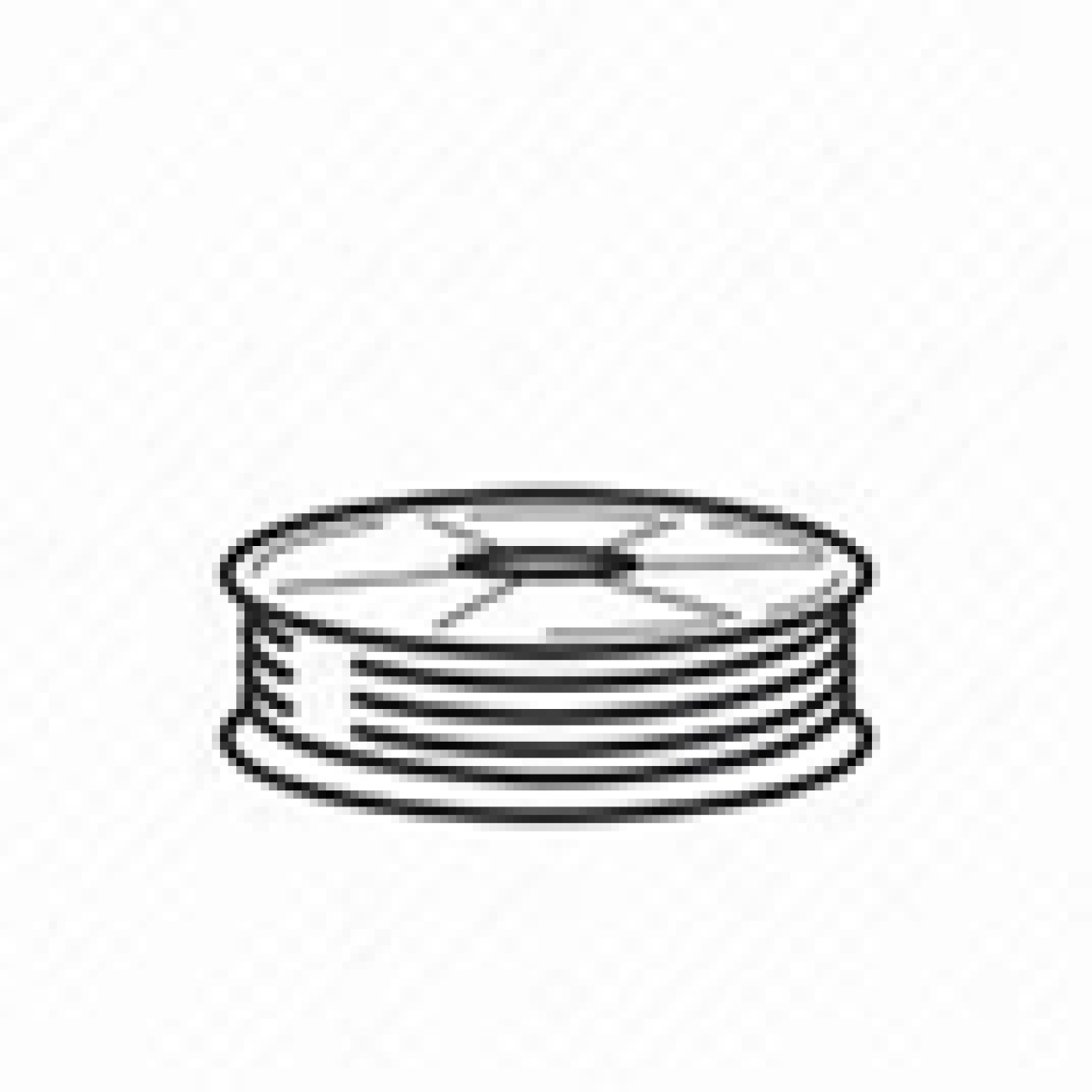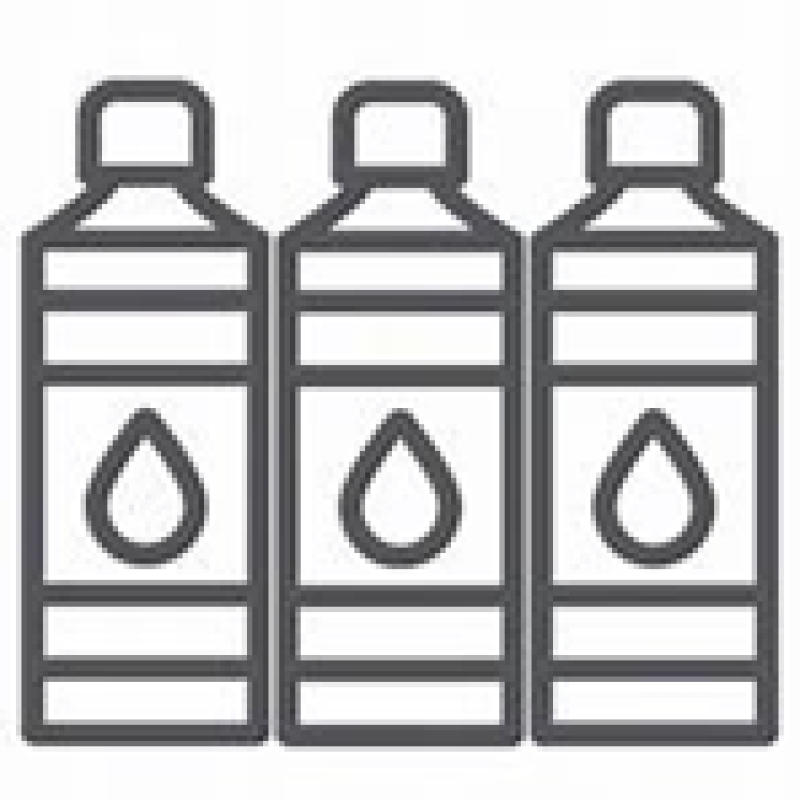If you are looking for a guide to maintaining your FDM 3D Printers. You are at the right place.A well maintained 3D Printer is like a well maintained Car and vice versa. You can rely on it for consistency, reliability and it won’t upset you in crucial moments of your life.
If you really want to enhance your 3D Printer life, regular maintenance which would take your few mins would greatly improve your overall printer life, create consistent print quality products and avoid any unexpected shutdown for your 3D Printing Farm hence reducing the output of your operations overall.
Customers who neglect regular maintenance often have to face long hours of troubleshooting and eventually wait for weeks for procuring small parts from the OEM country.
Therefore at Grit3D we highly recommend all our customers to avoid postponing regular 3D Printer Maintenance for optimal performance of the 3D Printers and saving your precious time and energy

















